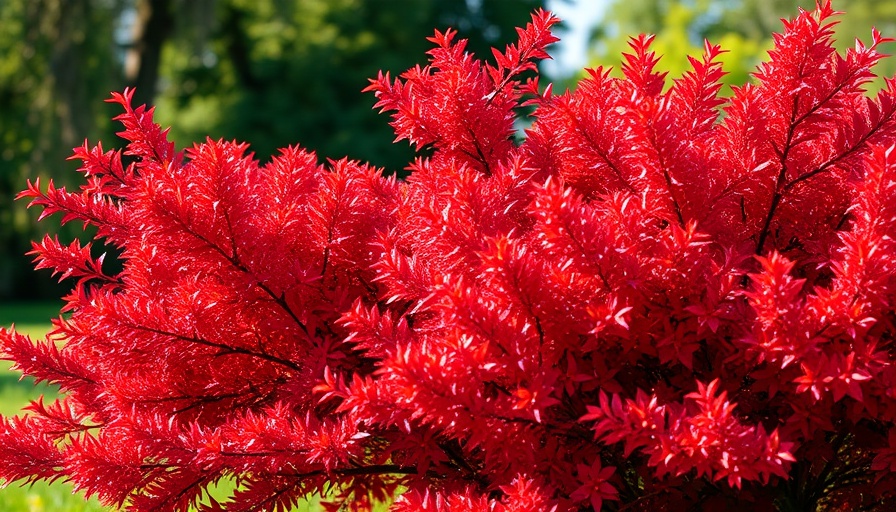
Your Guide to Flavorful Tomatoes and Peppers
As the summer sun warms the earth, gardeners everywhere find themselves dreaming of vibrant tomatoes and plump peppers under the sun-drenched sky. But have you ever wondered what makes certain homegrown tomatoes and peppers stand out with their exquisite flavor and robust health? This article reveals four secret ingredients that are essential for growing the tastiest tomatoes and peppers, ensuring that your backyard garden flourishes this season.
1. Nutrient-Packed Compost
Compost is often hailed as a gardening goldmine, providing essential nutrients that invigorate soil health. Using compost in your vegetable garden isn’t just about enriching the soil; it’s about unlocking the potential within your plants! By mixing organic matter into your garden soil, you help retain moisture, improve structure, and foster beneficial microbial life. A well-prepared compost mix encourages strong root development, ultimately leading to juicy, flavorful tomatoes and peppers.
2. Quality Fertilizer for Healthy Vegetables
Have you ever noticed how store-bought tomatoes can lack that garden-fresh flavor? A major factor is often the fertilizer used. When growing your vegetable plants, using a quality organic fertilizer will ensure they have access to the nutrients they need throughout their growth cycle. Look for fertilizers that are rich in nitrogen, phosphorus, and potassium to achieve that perfect balance, encouraging outstanding fruit growth and vibrant color. Balanced fertilization can lead to tomatoes and peppers bursting with flavor!
3. Proper Watering Techniques
The secret to keeping your plants healthy cannot be underestimated: water. Tomatoes and peppers thrive on regular, deep watering, especially during the hotter summer months. It's best to water them in the early morning to reduce evaporation and allow plants to absorb moisture effectively. Investing in a garden watering system can streamline the process. Remember, inconsistent watering can result in blossom end rot and cracked skins, both of which can tarnish your harvest's quality. By providing steady moisture, you’ll cultivate plump, luscious produce!
4. Companion Planting for Healthier Growth
Ever tried planting basil alongside your tomatoes? This simple companion planting strategy is not just a culinary delight! Basil not only repels pests but it also enhances the growth and flavor of tomatoes. Similarly, planting marigolds can deter unwanted insects and attract helpful pollinators. Adopting a thoughtful garden design that encourages beneficial interactions between plants can elevate the overall health and flavor of your garden. Consider experimenting with various herb plants and companion plants in your garden this season!
Creating Your Dream Vegetable Garden
Transforming your backyard into a vegetable haven is an exciting endeavor! Begin by planning your garden layout. Utilize raised bed garden techniques to ensure proper drainages, such as incorporating all the discussed ingredients. Feel free to raise your gardening game with textured garden mulch, which not only helps in retaining moisture but also offers a finished look to your garden space.
Embrace the Joy of Gardening
Gardening can be a rewarding experience that not only improves your mental health but also connects you to nature. As you cultivate your backyard and practice patience and care, watch as it begins to reflect your commitment and passion. Picture savoring homegrown tomatoes and peppers, bursting with flavor, alongside family and friends—it's a beautiful sight!
As you dive headfirst into your planting adventures, consider sharing your gardening triumphs on social media, or invite friends and neighbors over for a fresh produce feast to celebrate your endeavor. Let's cultivate community through the love of gardening!
 Add Row
Add Row  Add
Add 




Write A Comment